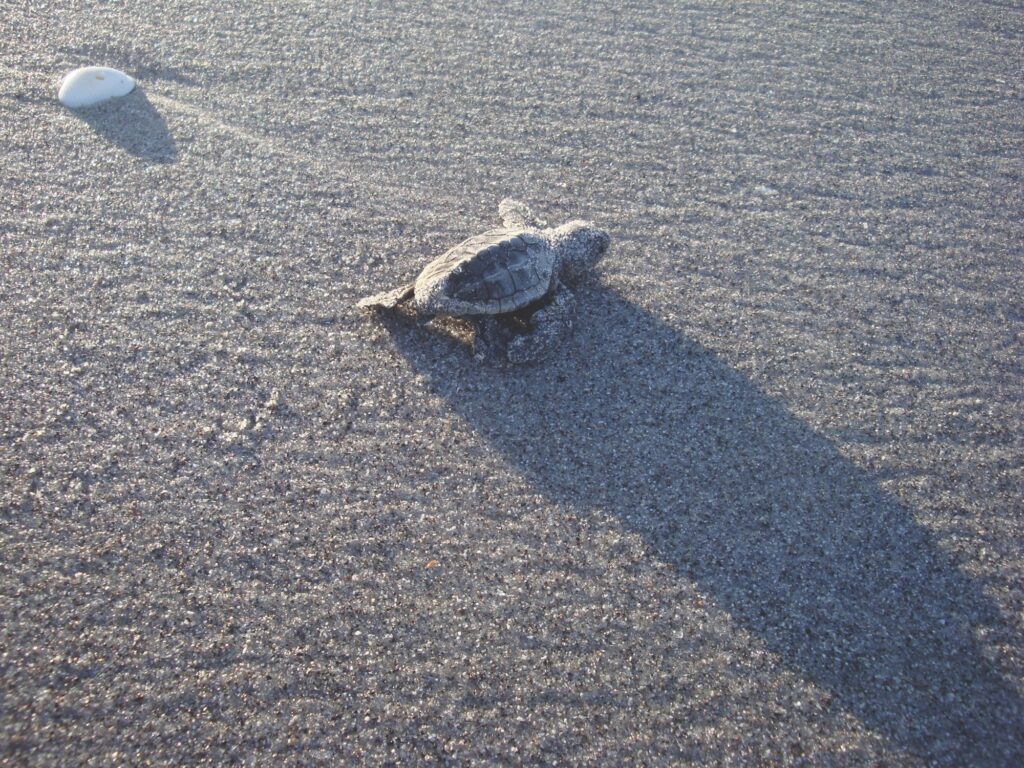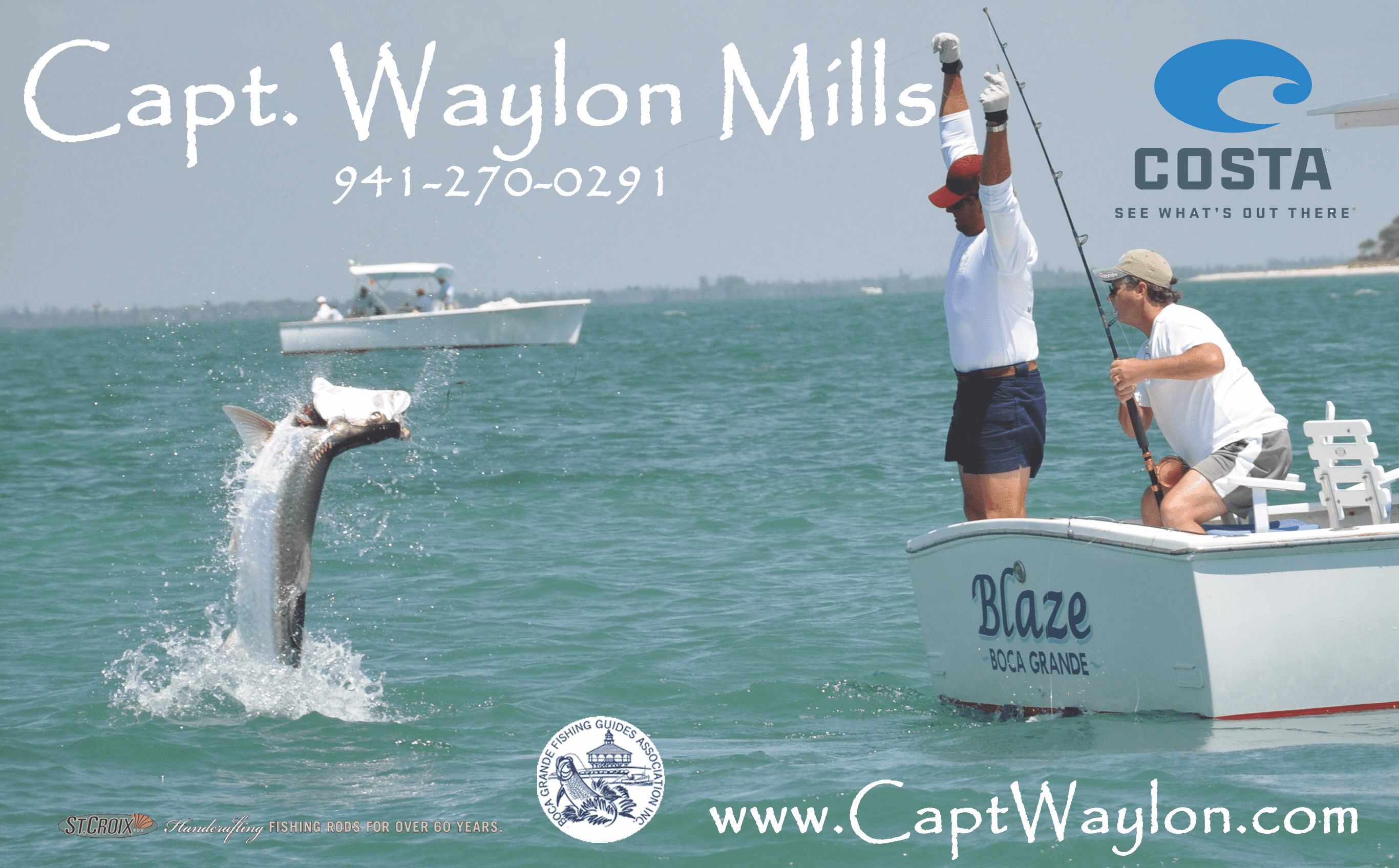It’s that time of year, sea turtle nesting season

BY DR. JOHN FLETEMEYER
Our local beaches are beginning to experience the annual invasion of sea turtles. Soon there will be mini moon nest craters doting the beach landscape. Most turtles, after being away for two to three years, journey several hundred miles to the beach where they were born. Each turtle will lay up to seven nests at 14-day intervals; each nest holds about 100 ping pong size eggs. The nesting season begins in April and runs through mid-August. The incubation time is about 50 days, so the nest made in August’s nests won’t hatch until October.
This is the time people must stay off the beach at night because any disturbance may cause a nesting turtle to abort and to return to the water. When this happens, a turtle will either return to the beach several hours later but in some cases deposit their clutch of eggs in the water preventing the opportunity to hatch and produce babies.
First to arrive at local beaches are the leatherback sea turtles. Of the seven species of sea turtles, the leatherback is the only turtle without a protective shell and considered by most experts to be the most unusual. LB’s are by far the largest of the seven species of turtles, reaching 2,000 pounds. This is the size of a VW Beattle. The six other species don’t come near this weight, reaching a maximum of 500 pounds. The smallest species, the hawksbill, weighs 180 pounds.
Besides their enormity, LBs are unique for two other reasons. Their diet consists primarily of jellyfish and unlike the other kinds of turtles, they are able thermoregulate, enabling them to tolerate cold water. A few have been spotted in frigid Canadian waters.

Next up the plate are loggerheads, the most abundant turtle on American beaches. Their nesting season begins in May and continues until the end of August. Finally, in late June, green turtles begin arriving. We still don’t exactly where they came from but two of my tagged turtles were found in Cuban waters.
Once seeing green turtles on gulf coast beaches was a rare event but thanks to conservation efforts, more and more GT’s are nesting on our beaches every summer indicating a recovery of this species. GTs are unique because of their diet. All other species are carnivorous but not green turtles. They are strictly vegetarian.
Two other species have been occasionally observed including hawksbills, a turtle that feasts on sponges and the Kemps Ridely that commonly nests on a deserted beaches in Mexico and never on an Florida Beach, until 1982 when I encountered a Kemps nesting during the daytime on a beach in Palm Beach. Many turtle biologists were skeptical until seeing my photos. Kemps and Olive Ridely are the only turtles that nest during the daytime.
I’ve been studying turtles for more than 40 years. My friends sometime jokingly call me “Turtlemeyer” rather than by my real name “Fletemeyer.”
Finally In 1982, after ten years of writer’s block, I completed my doctoral dissertation, “The Nesting Imperative, Conflicts Between Urbanization and Loggerhead Sea Turtle Nesting on SE Florida Beaches.
Most of my research has been focused on how coastal development and sea level change is threatening Florida sea turtles. I believe, including many sea turtle biologists, that coastal development is the biggest threat to sea turtles.
In 1982 my colleague from the Army Crops and I discovered that on Delray beach incubation temperature a few degrees lower or higher changes the sex distribution of a turtle nest. We found that high-rise condos and hotels were casting a shadow on the beach, thus lowering the temperature of the sand. We found that nests incubating at lower temperatures produce more males while at higher incubation temperatures more females. This finding has important management implications but what they might be continues to be the subject for debate
There can be no debate that sea level change also is impacting the survival of sea turtles. More and more of our beaches are experiencing severe erosion causing the need for expensive restoration programs. On badly eroded beaches there is limited nesting habitat. Consequently, turtles often construct nests close to the shoreline. High tides and storm surges often flood with saltwater destroying the developing embryos.
Another interest of my interest involves what’s been called the “lost year.” For some time, the first year of a turtle’s life was a mystery until I tracked more than a dozen hatchings from the beach as they swam far out to sea. Most of the turtles abruptly stopped when reaching a mat of drifting sargassum weed. Most likely this where they feed and seek refuge for a year until they big enough to forage on shallow reefs.
I have had the opportunity to study many animals during my lifetime, including baboons and seals in Africa and manatees and turtles in America. When studying these miracles of nature, I am often reminded of the words spoken by William Beebe, a famous naturalist and marine biologist living more than 150 years ago. He once stated, “When the last individual of a race of living things breathes no more, another heaven and another earth must come to pass before such a one can be again.”
Dr. John Fletemeyer has recently accepted a position at Florida Gulf Coast University and will be teaching Human Paleontology and Primatology.









